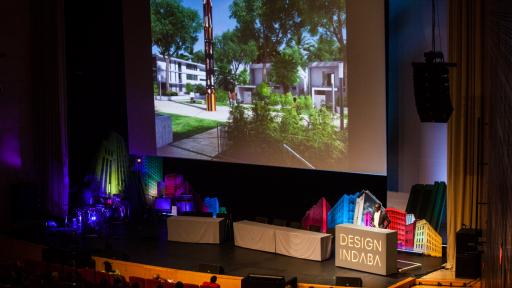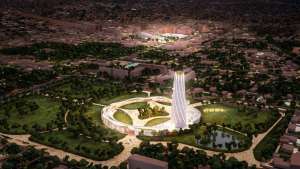In the Ivory Coast there is one architect for every 130 000 residents. Compare this to the 1:770 in countries like Japan, Italy and Greece, or even the 1:2000 in countries like France, UK and Australia, and you can imagine that Ivorian architects like Issa Diabaté have a mammoth challenge on their drawing boards, especially given the pressures of rapid urbanisation in the major African cities.
In many African countries, although the cultures may be different, it turns out that the urban problems have a similar way of expressing themselves, he says.
But is not only the shortage of knowledgeable professionals that poses a challenge according to Diabaté, but also the lack of a vision when it comes to urban planning on a political level that leads to an inability to control, monitor and respond in a sustainable way in the urban environment.
"It raises questions of the empowering of architecture and how we manage to make the profession sustainable and even more powerful," he explains.
Diabaté, in this practice with partner Guillaume Koffi, is employing various strategies to not only to ensure better urban practices but also for a future generation of building designers and city makers.
They soon realised that they need to also take on the role of property developers in order to realise the kind of projects that could set an example for others. One of the social perception issues is that high-density living means congestion and that low-density development is still preferable. Their Les Résidences Chocolat real estate development fosters a form of emulation not only amongst architects but also the general population.
"Because of the configuration of the city and the way we live today, we are trying to promote a different kind of living. We shouldn't shy away from living in apartments and collective environments because if you are a bunch of people together you can do so much more," he says.
Diabaté is also involved in starting the first architecture school in the Ivory Coast and developing a curriculum that addresses the specific issues these budding architects would have to face in reality.









